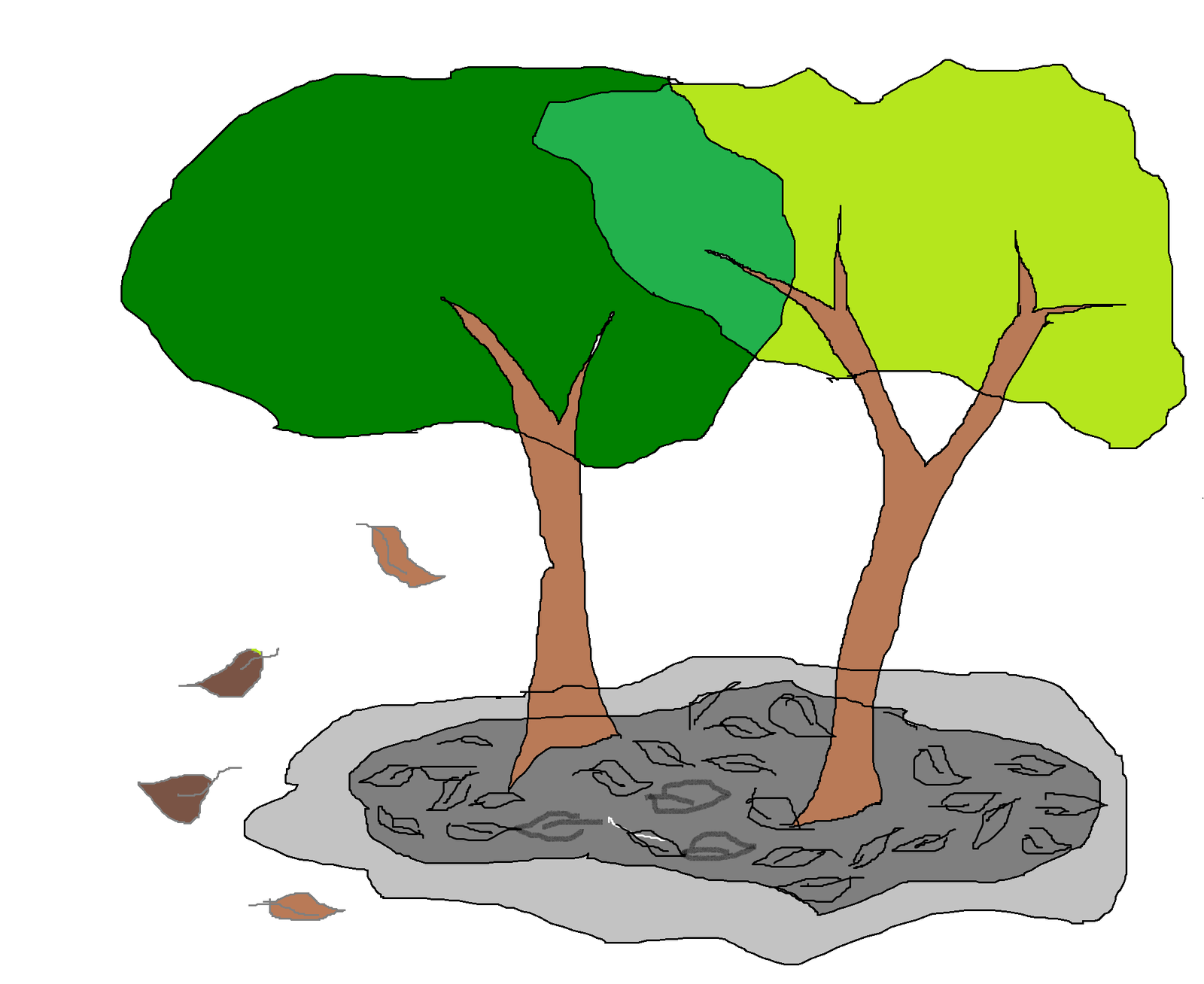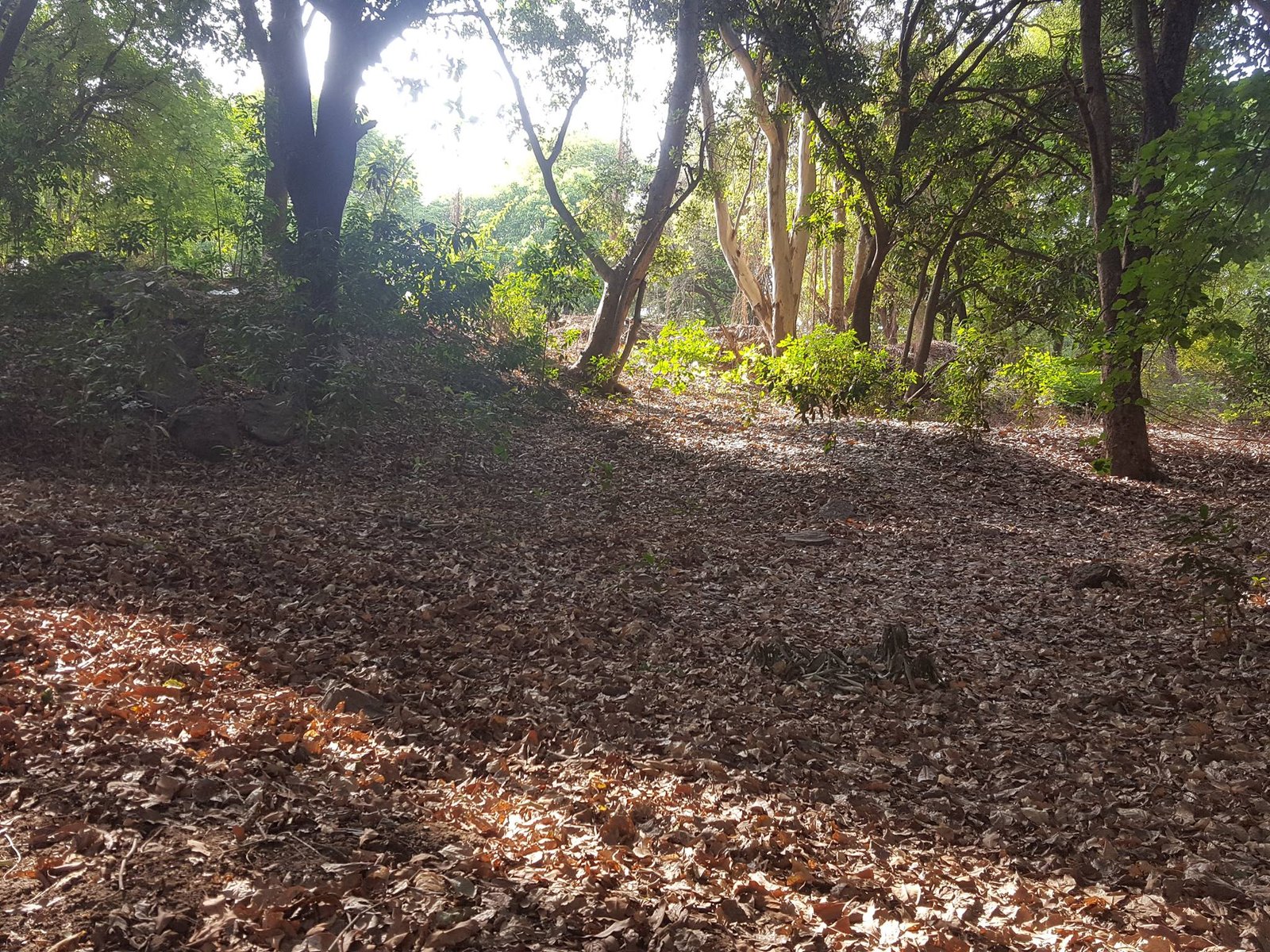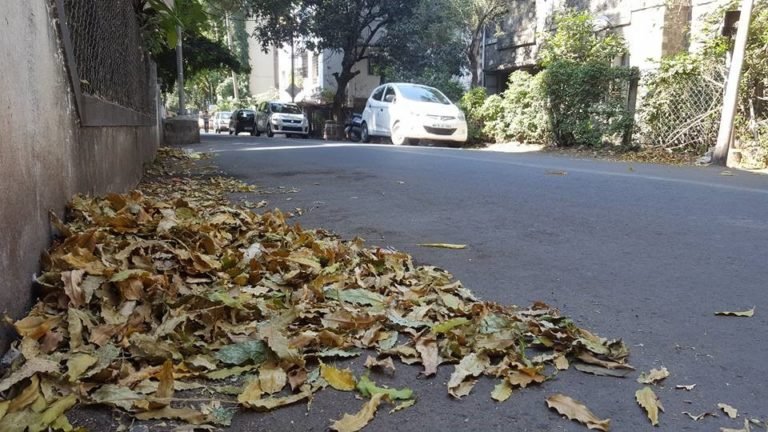“Altogether world’s soils have lost up to 80 billion tons of carbon”.
The soil will save us, Kristin Ohlson
Exactly how much is 80 billion tons?
1 ton is almost 1000 kg (907.185 kg to be exact).
Imagine, total 80 billion tons means 80 billion x 907.185 kg of carbon lost from soils all over the world.
Okkay, agreed, it is a huge amount. In fact, it is very very huge.
But why we should be worried about it? Why loss of carbon is so serious?
First of all, what is soil carbon?
Let’s see.
As you know, plants, through the process of photosynthesis, utilize Carbon dioxide (CO2) from the air, combined with sunlight, to form carbon sugars. Plants use this sugar for energy. But not all of the carbon is used by the plants. Some is stored in the soil as humus.
“Humus is a stable network of carbon molecules that can remain in the soil for centuries”.
The soil will save us, Kristin Ohlson
Photosynthesis is the most essential natural process. Rather, continuity of life on earth is due to this process. It also regulates steady cycling of life-giving carbon into our soil and creates oxygen, on which most of the earth on life depends.
Why soil carbon is required?
Carbon makes soil more fertile.
It increases soil porosity. Porous soils are well-aerated, and allows absorption of nutrients, minerals and water for plants.
Soil rich in carbon is useful against both, drought and floods.
When there is rainfall, soil acts as sponge. It absorbs and holds water instead of letting it puddle or run-off.
Healthy soil is also rich with tiny organisms. An amazing 6 billion in a tablespoon that can disarm toxins and pollutants that soak into the soil through the rain.
Dig up a teaspoon of healthy soil, and you are looking at something like 1 billion to 7 billion organisms.
Imagine how many micro-organisms are in a cup of healthy soil? More than all the humans who have ever lived.
Soil we can say, is earth’s first water purification system. Water is filtered through the soil. Pollutants and nutrients in the water are absorbed by healthy soils. Water, thus when reaches streams/ rivers, is already purified.
Poor soils cannot hold water. Such soils collapse under environmental and human-made pressures.
Loss of soil life results in loss of soil fertility. It makes people depend on chemical fertilizers.
Fertilizer industry’s business model depends on lack of nutrients in the soil.
How to build soil carbon?

Photo Courtesy: Sujata Nahapde
Mulching is an effective way of increasing soil carbon. (For ways to do mulching, please follow this link.)
Advantages of Mulching
- It reduces soil erosion
- It keeps soil temperatures low
- It provides food for microorganisms that aerate and enrich soil, making it more porous and absorbent.
- Soil retains moisture.
What can we do to build fertile soils?
- Never leave soil exposed. Make sure it is always covered with live-mulch or mulch.
- Live-mulch is plant-cover on the soil, i.e. grasses, creepers that cover the soil.
- In case live-mulching is not possible, make sure soil is always covered with a layer of dry leaves.
- On individual-level – Practice mulching for planters, pots, plant-beds.
- For seasonal plants, once they dry off, keep their roots as it is in the soil, instead of uprooting.


On community-level – Convince society members not to sweep off all the fallen dry leaves. Keep leaves as it is in the areas where it does not cause inconvenience to people, like under tree canopy.

A few pointers to achieve this –
- People feel fallen leaves on the soil, does not look clean. Tendency is to sweep away all the leaves and also top-soil along with it. Often, cleaning staff is instructed to do so by society-members. If you wish to practice mulching at society-level, then the first step would be to convince society-members by telling them advantages of mulching. Convey them of mulching will increase soil carbon and how it will reduce flooding in the monsoon and would conserve water during summer.
- Start small. Identify a small patch in the society to practice mulching. And as members are convinced more and more, you can go on increasing this area.
For any difficulty, remember, you always have our wonderful Brown Leaf community to fall back to. Seek their guidance, take inputs from them.
Leaf fall season is here. Let’s decide, “Not a single dry leaf should be burnt in India”.
HAPPY MULCHING!!
HAPPY COMPOSTING!!
List of references
- The soil will save us
- Papers by soil scientist, Dr. Ratan Lal
- Teaming with microbes




